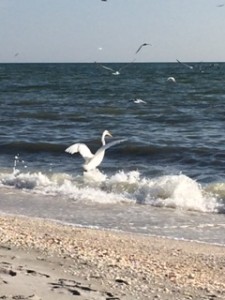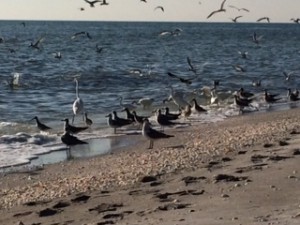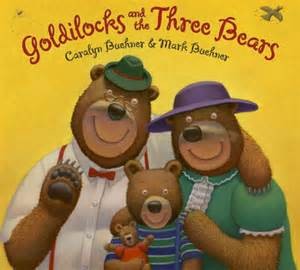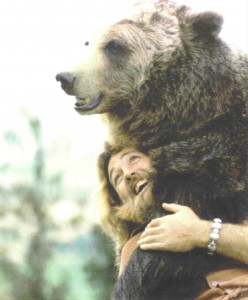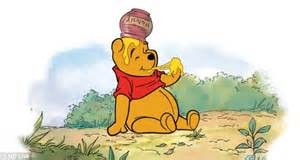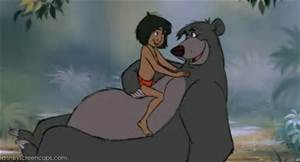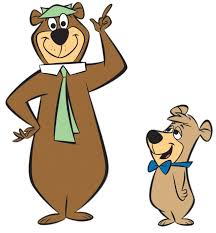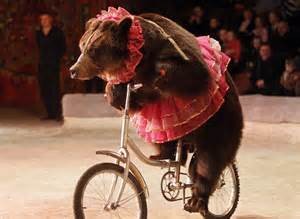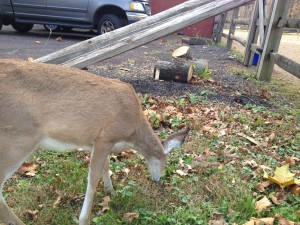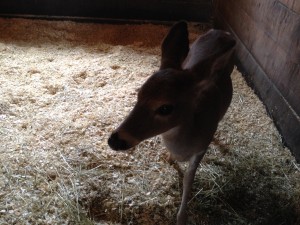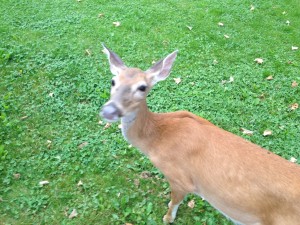They are not green like the pines, nor gray like the stones, nor blue like the sky; but they have, to my eyes, if possible, yet rarer colors, like flowers and precious stones, as if they were the pearls, the animalized nuclei or crystals of the Walden water. They, of course, are Walden all over and all through; are themselves small Waldens in the animal kingdom, Waldenses. (212)
Thoreau’s classification of these fish as “Waldenses” was interesting as it seems like they area subdivision of the pond. Walden Pond is not just a large body of water, it is a living, breathing entity. The fish have found a home here and are therefore part of this larger body. This reminded me of Eiseley’s connection with not just the water in the river, but also all the living organisms that had touched that water as well and been a part of something larger.
The next passage which interested me was on the general topic of Thoreau surveying the pond and finding out its depth. I found it interesting how he talked about people thinking the pond was bottomless or how it went straight through to the other side of the globe. Some of this mystery mirrors the unknown of the oceans today. It shows how technology has allowed us to easily measure these depths, and yet the oceans are now the mysterious bodies of water. Technology has given us access to more information and at the same time given us access to more questions in the process.

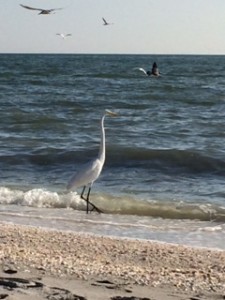 This is a picture of a snowy egret (if it’s feet weren’t in the water you would be able to identify it by its yellow feet):
This is a picture of a snowy egret (if it’s feet weren’t in the water you would be able to identify it by its yellow feet):